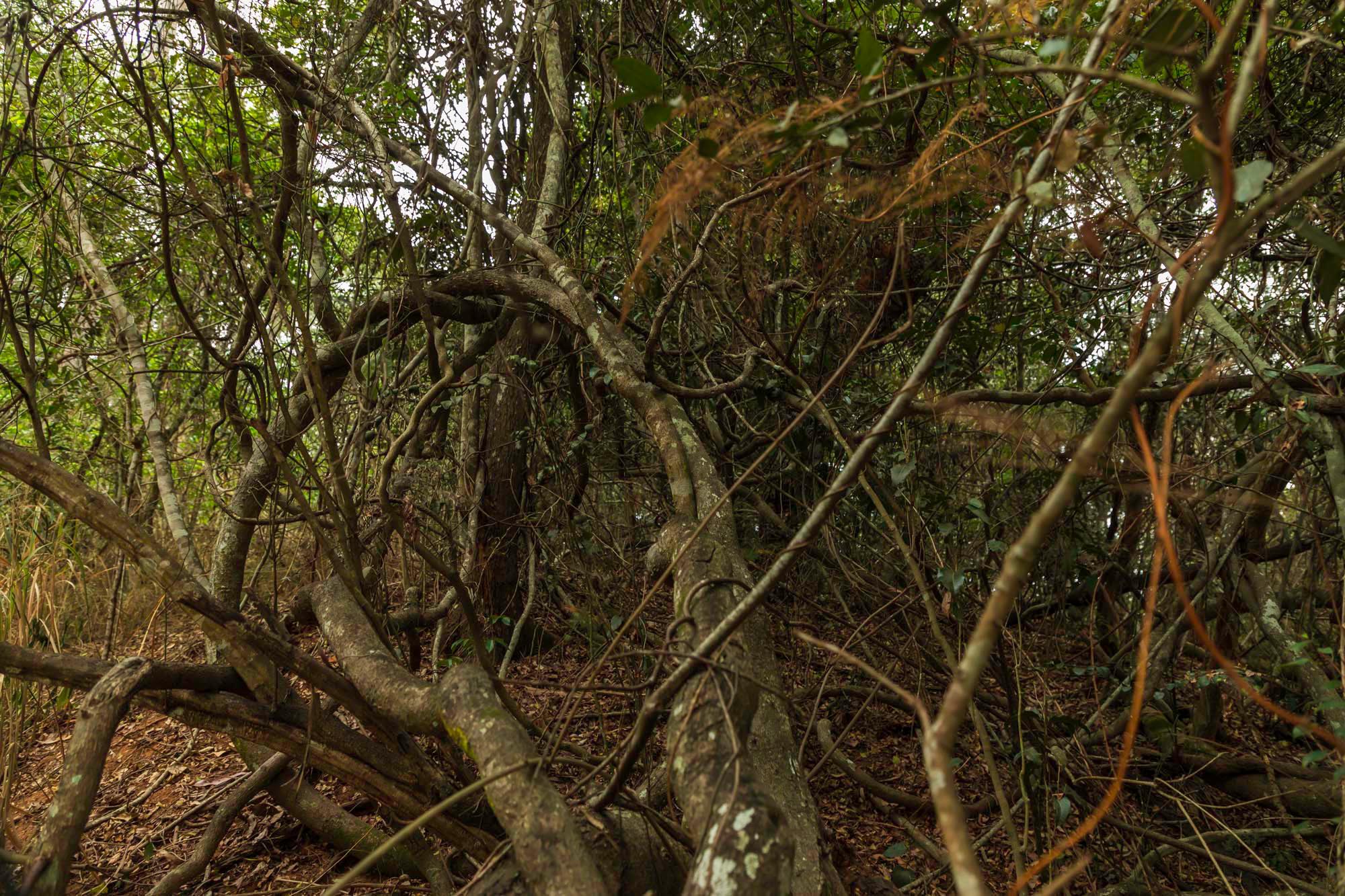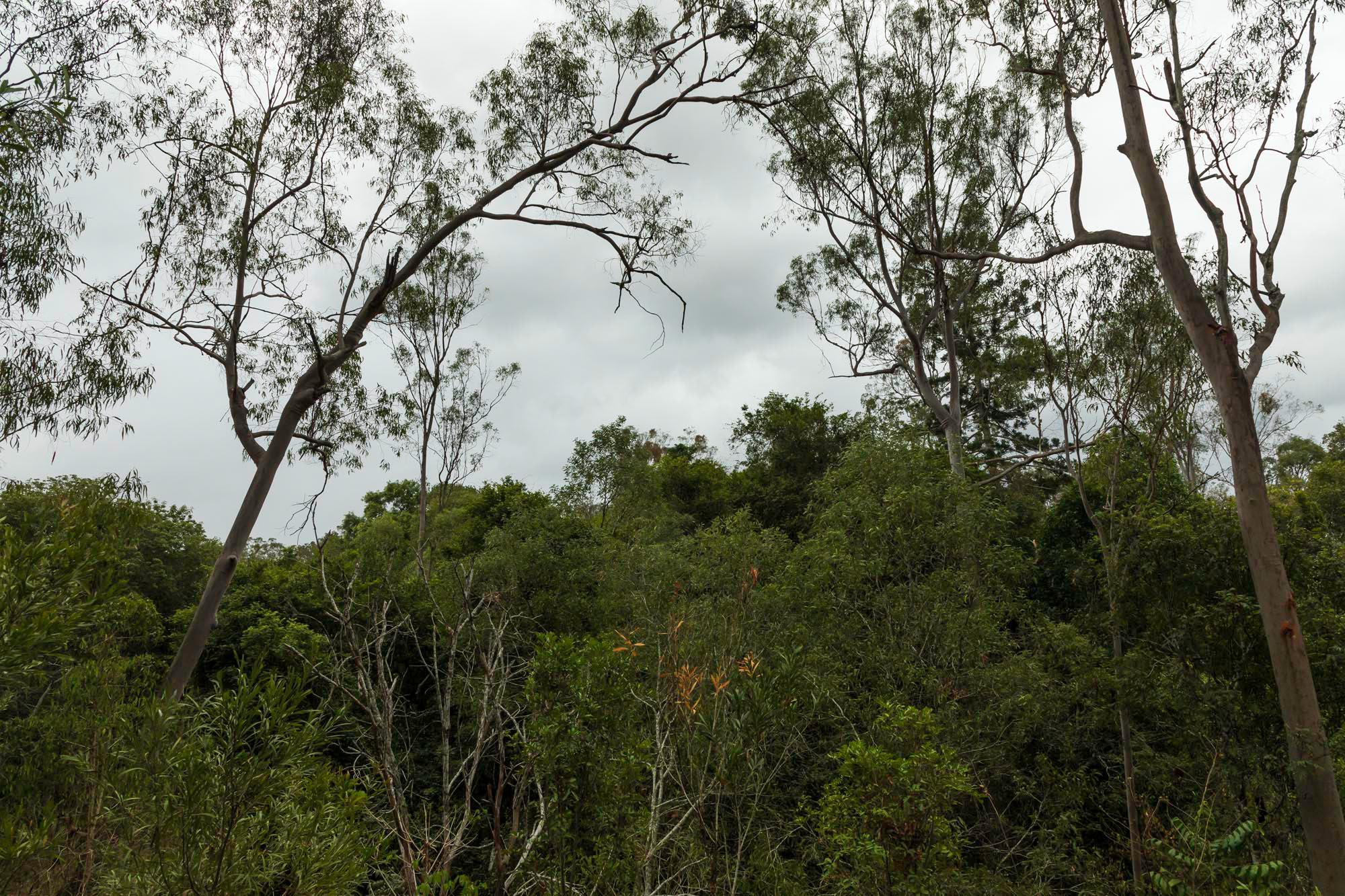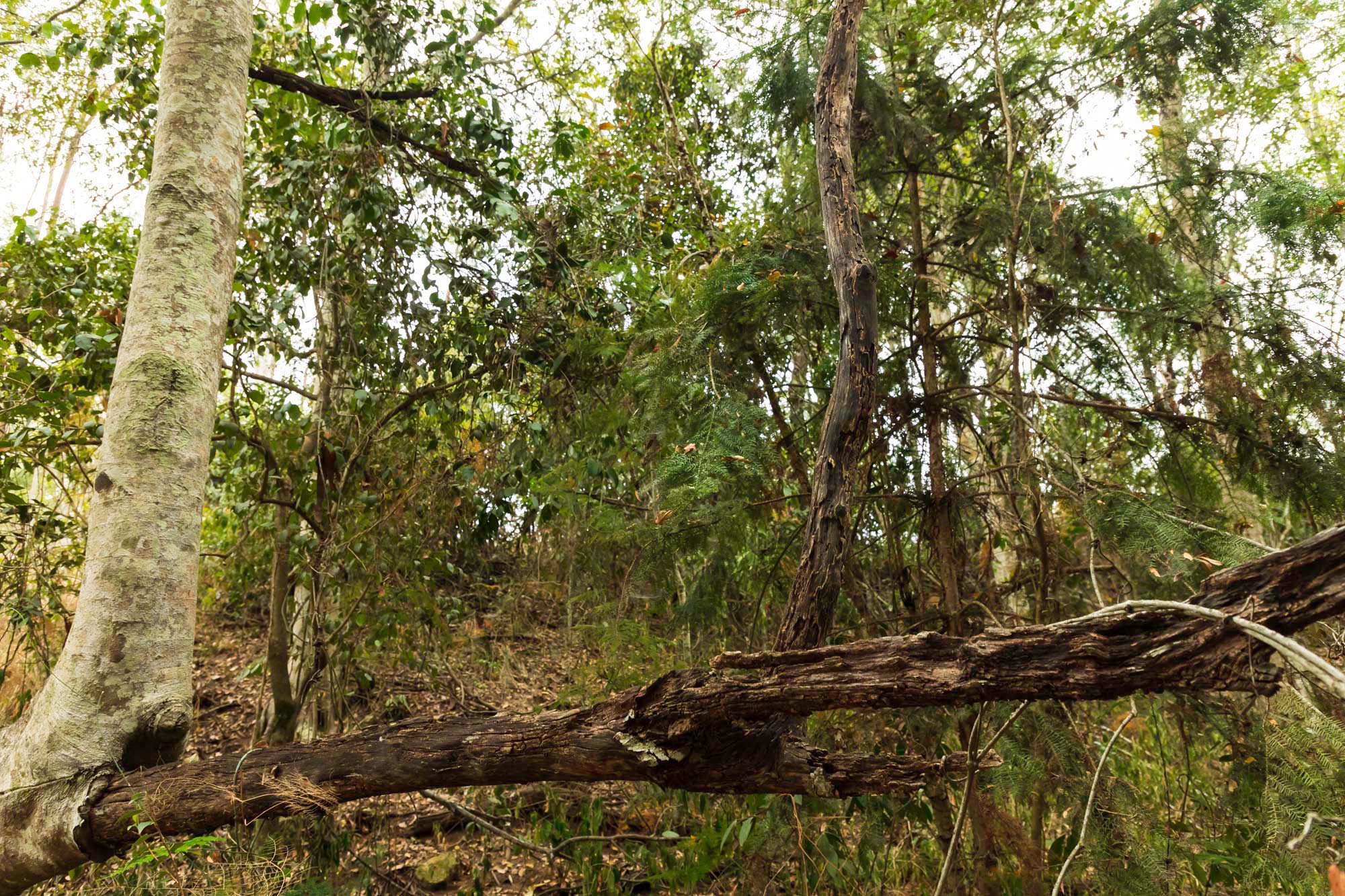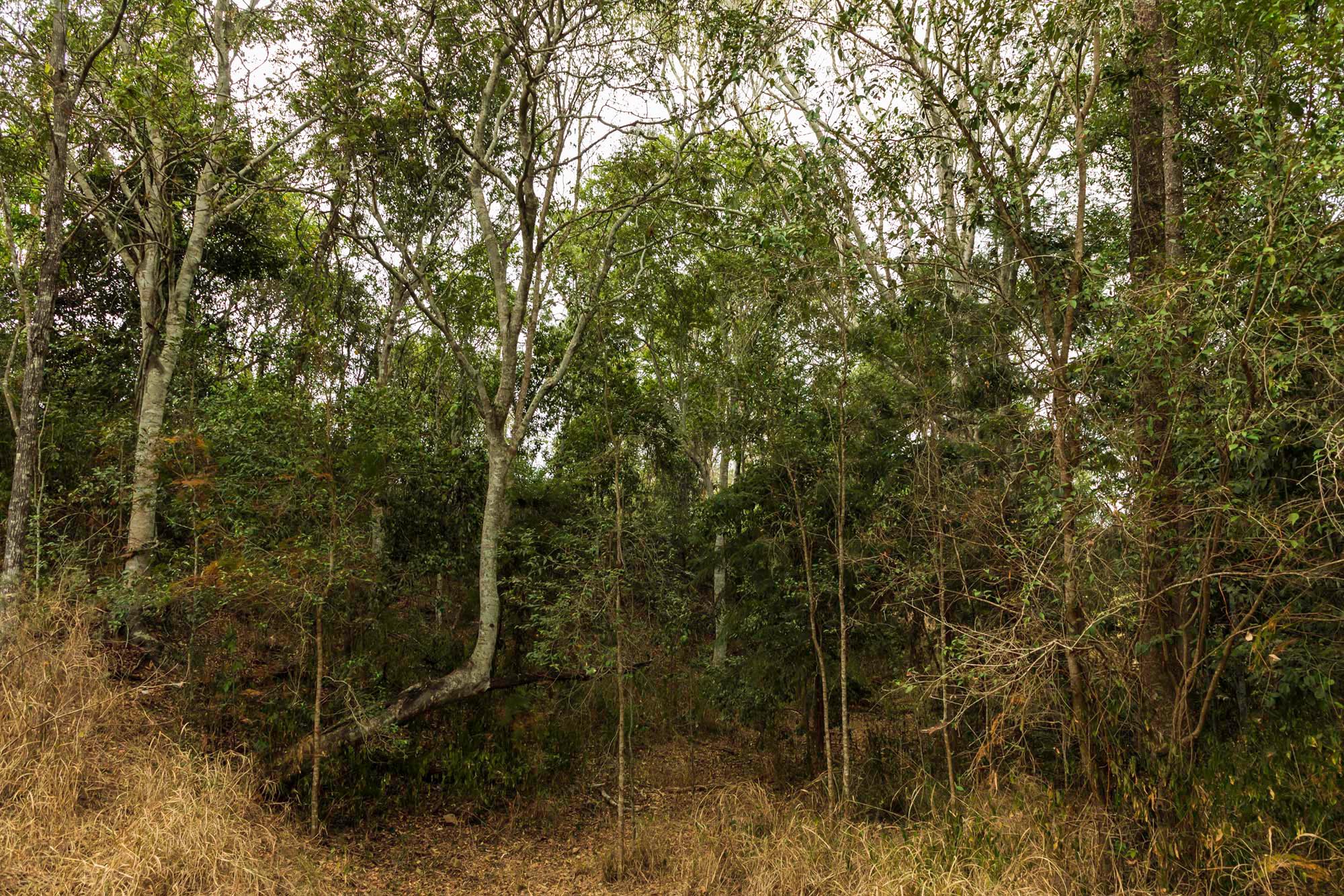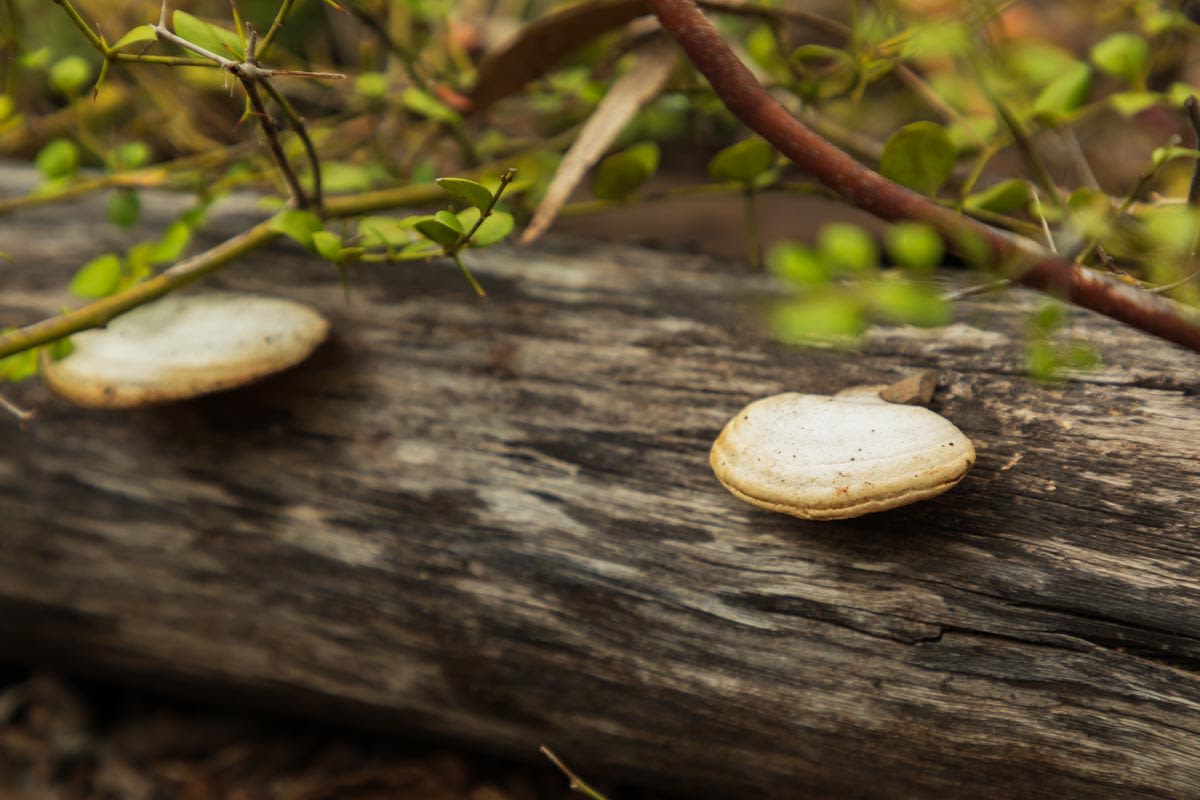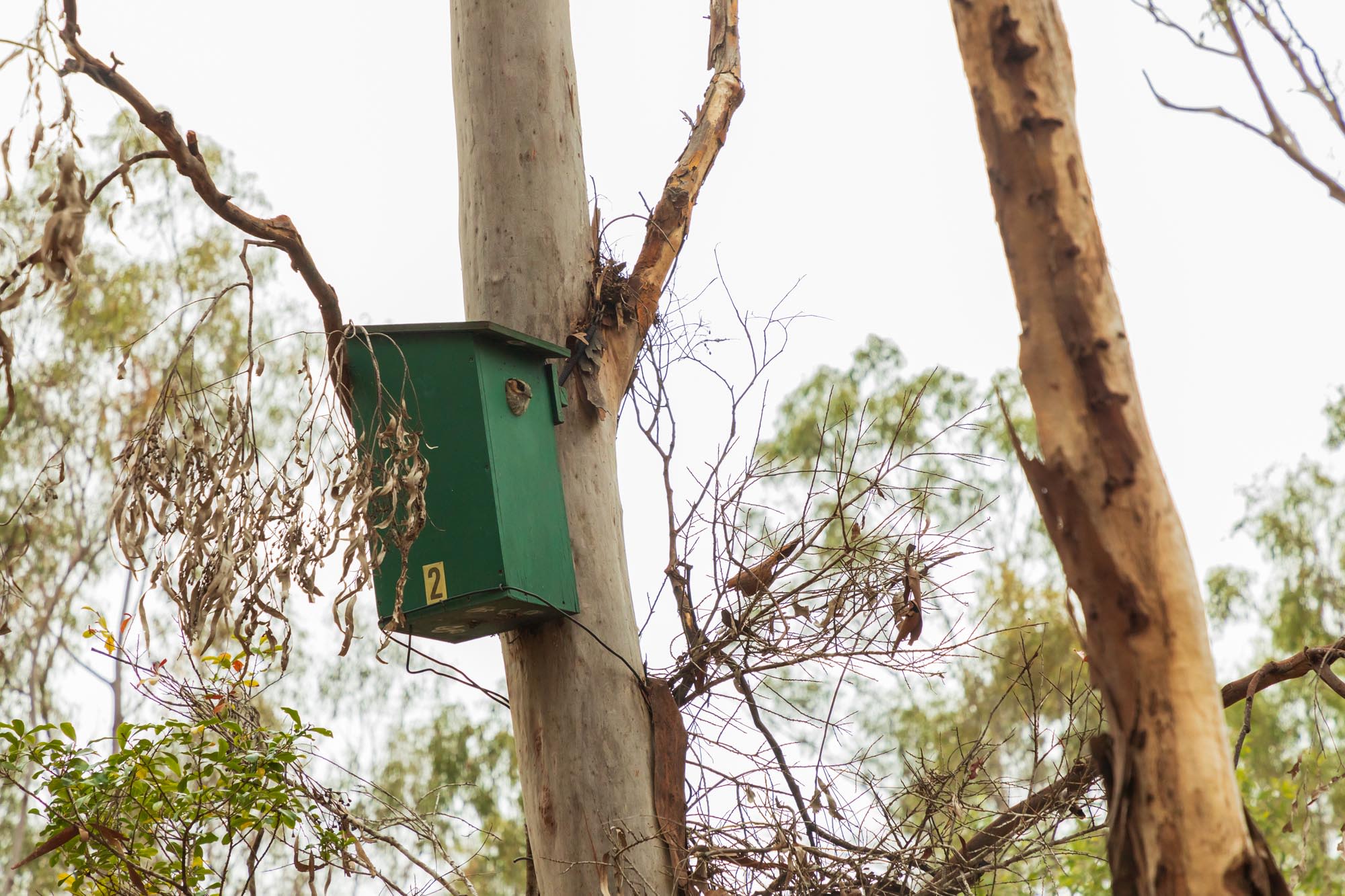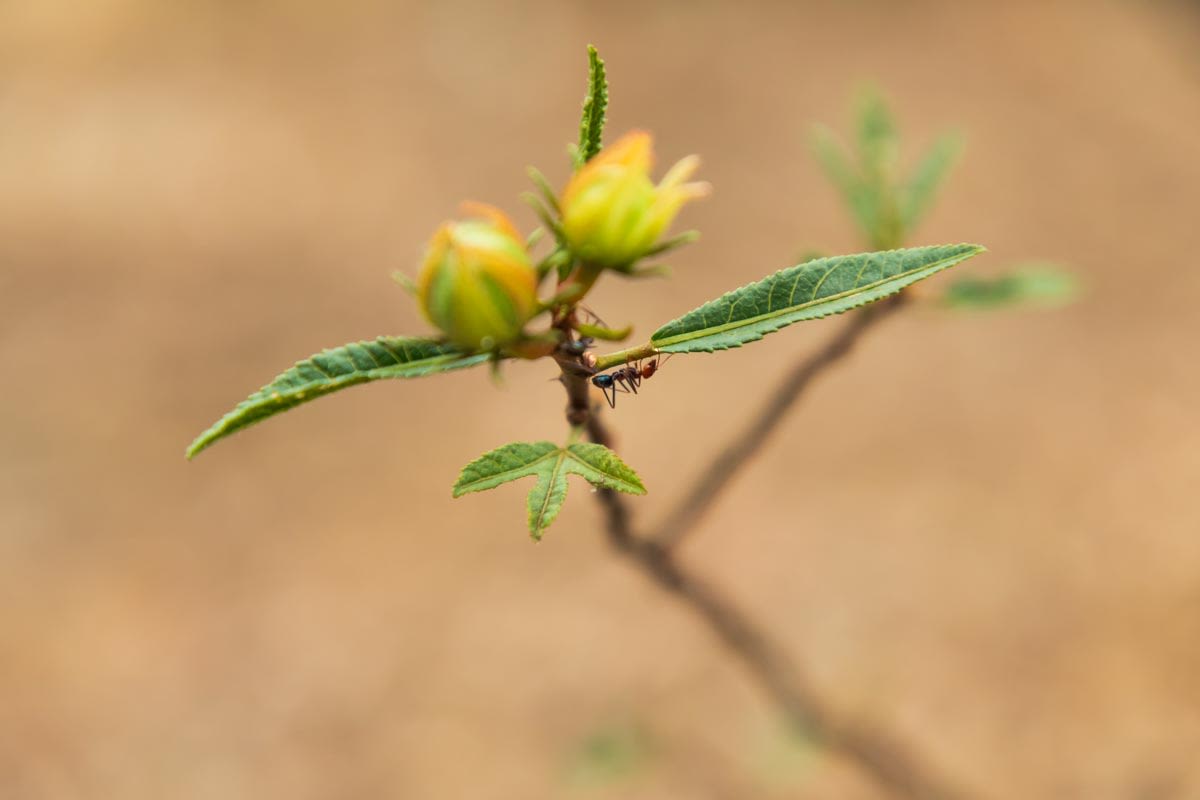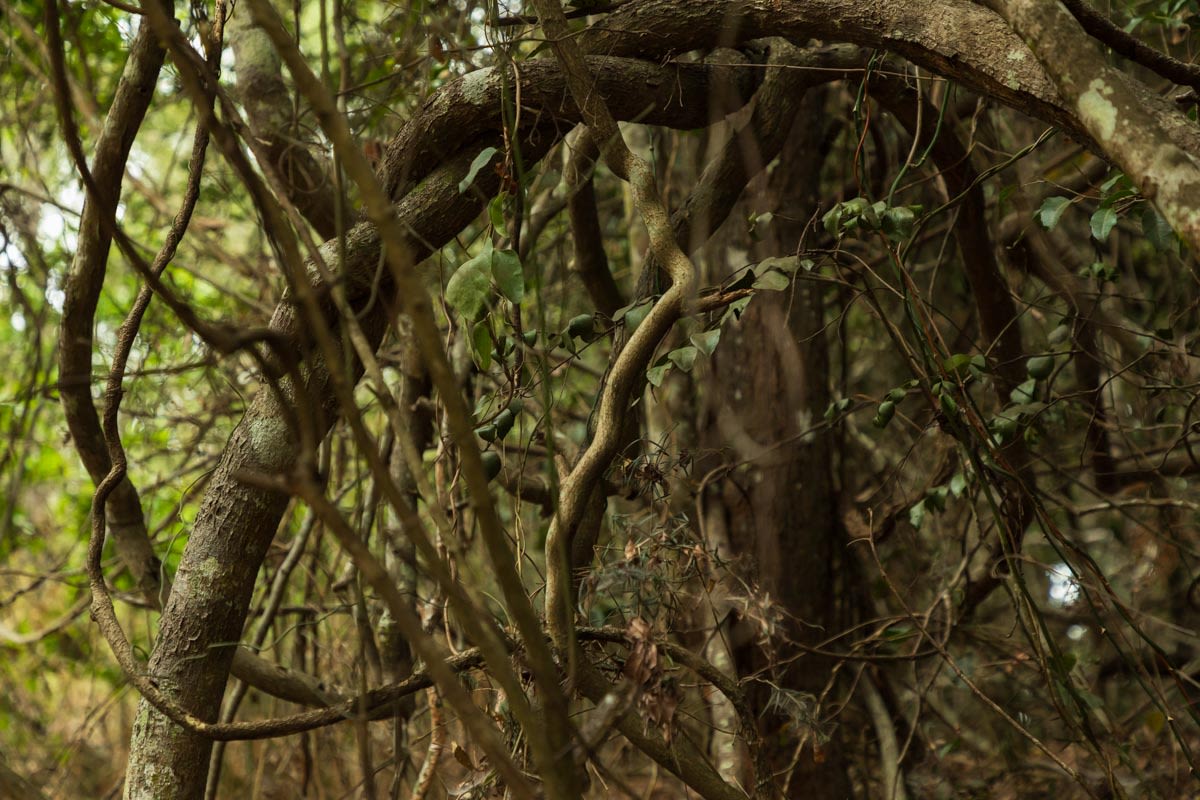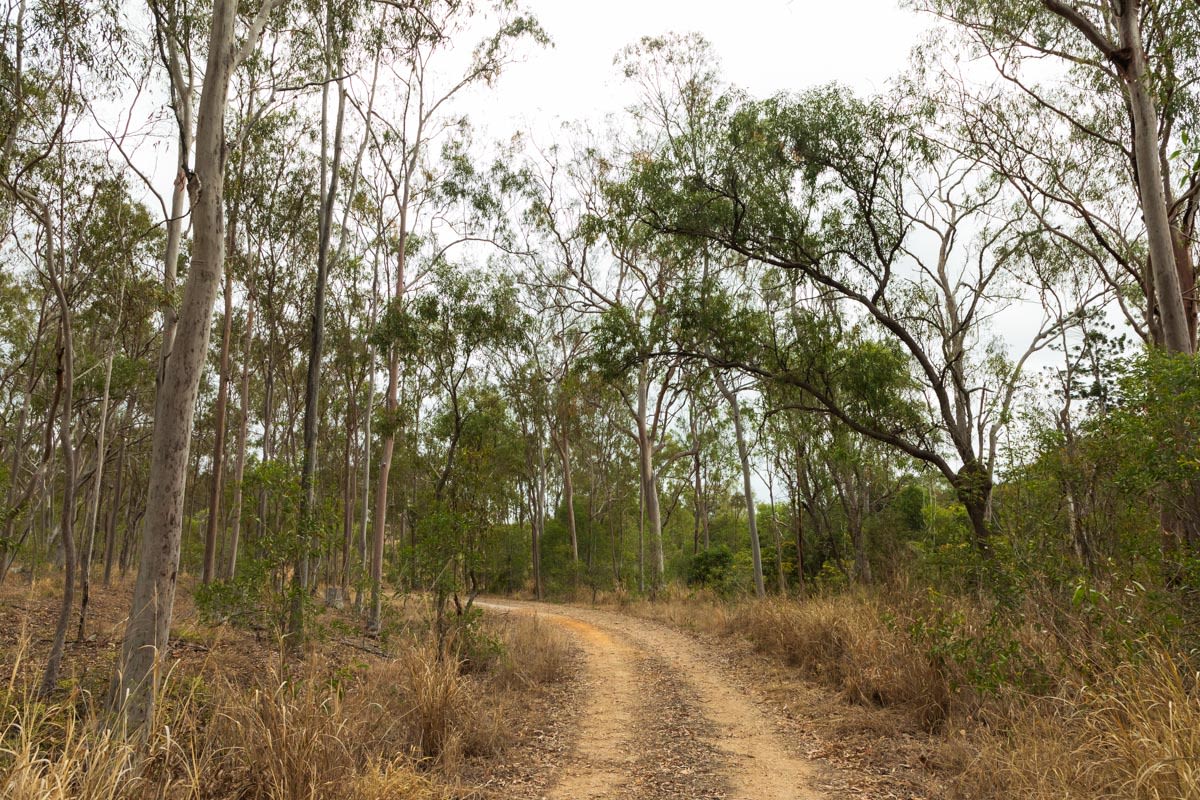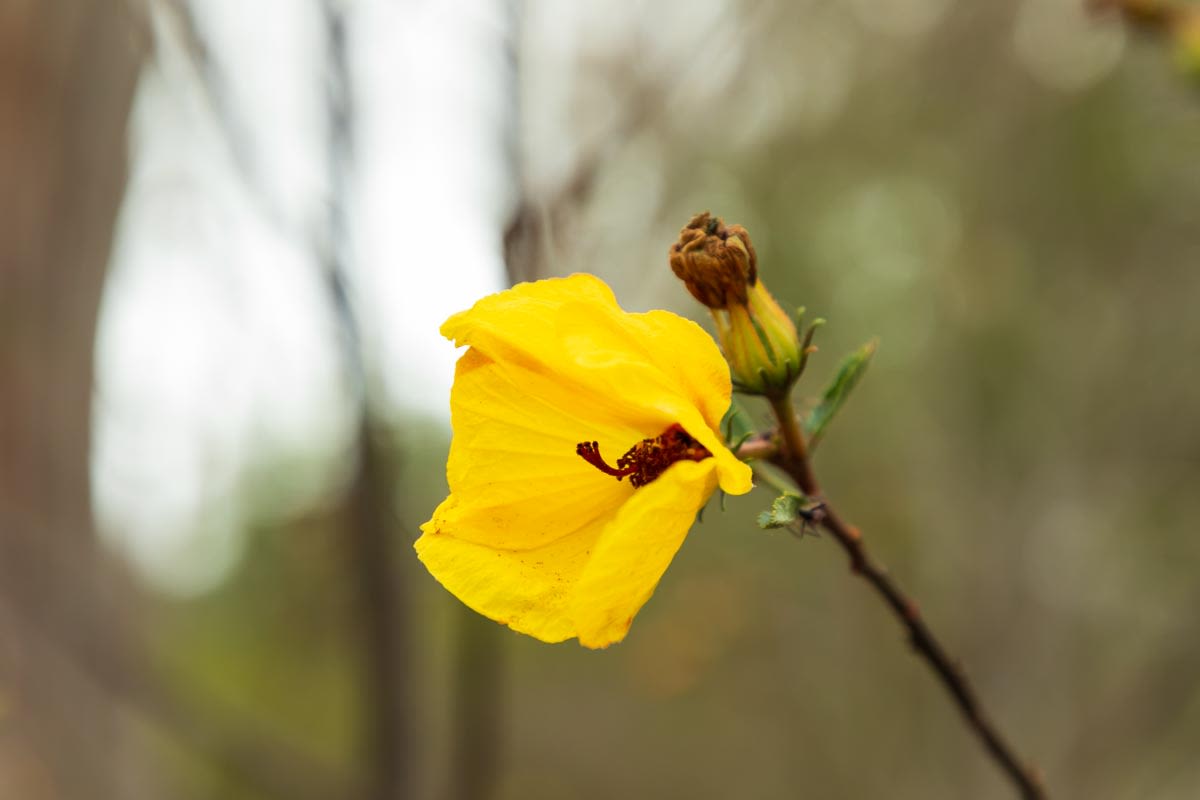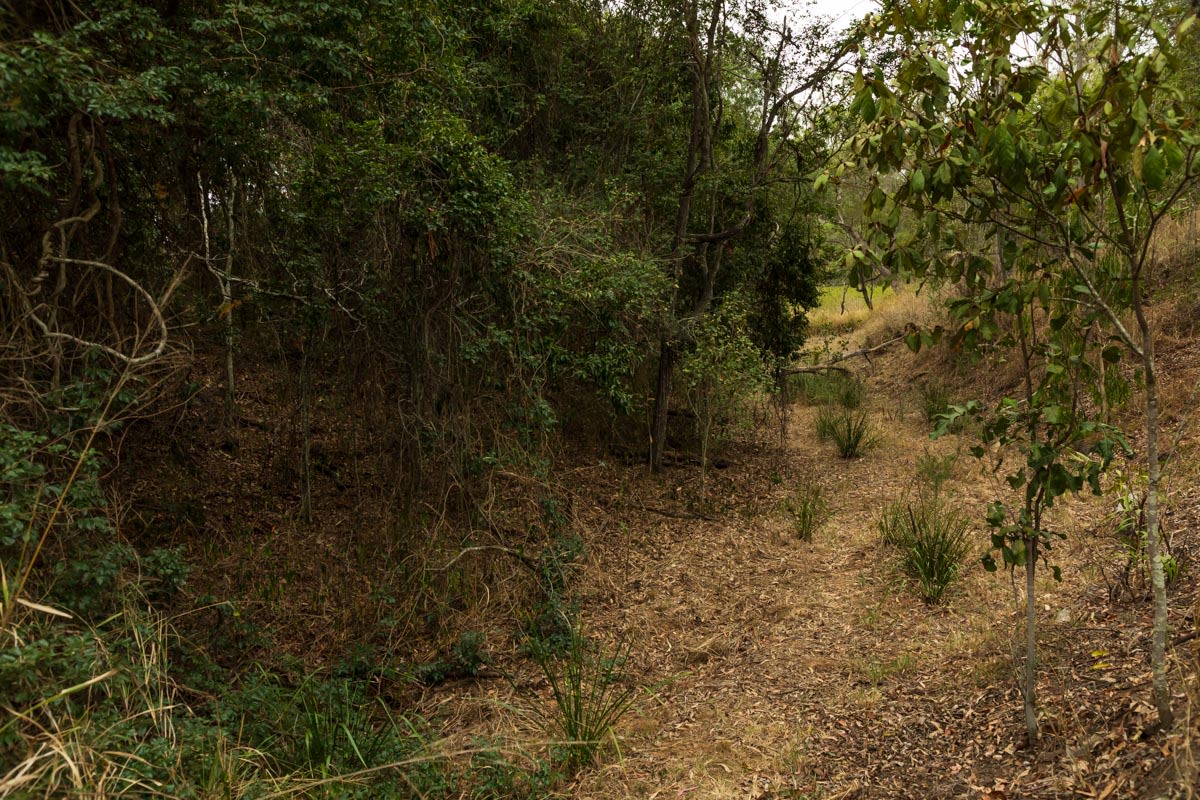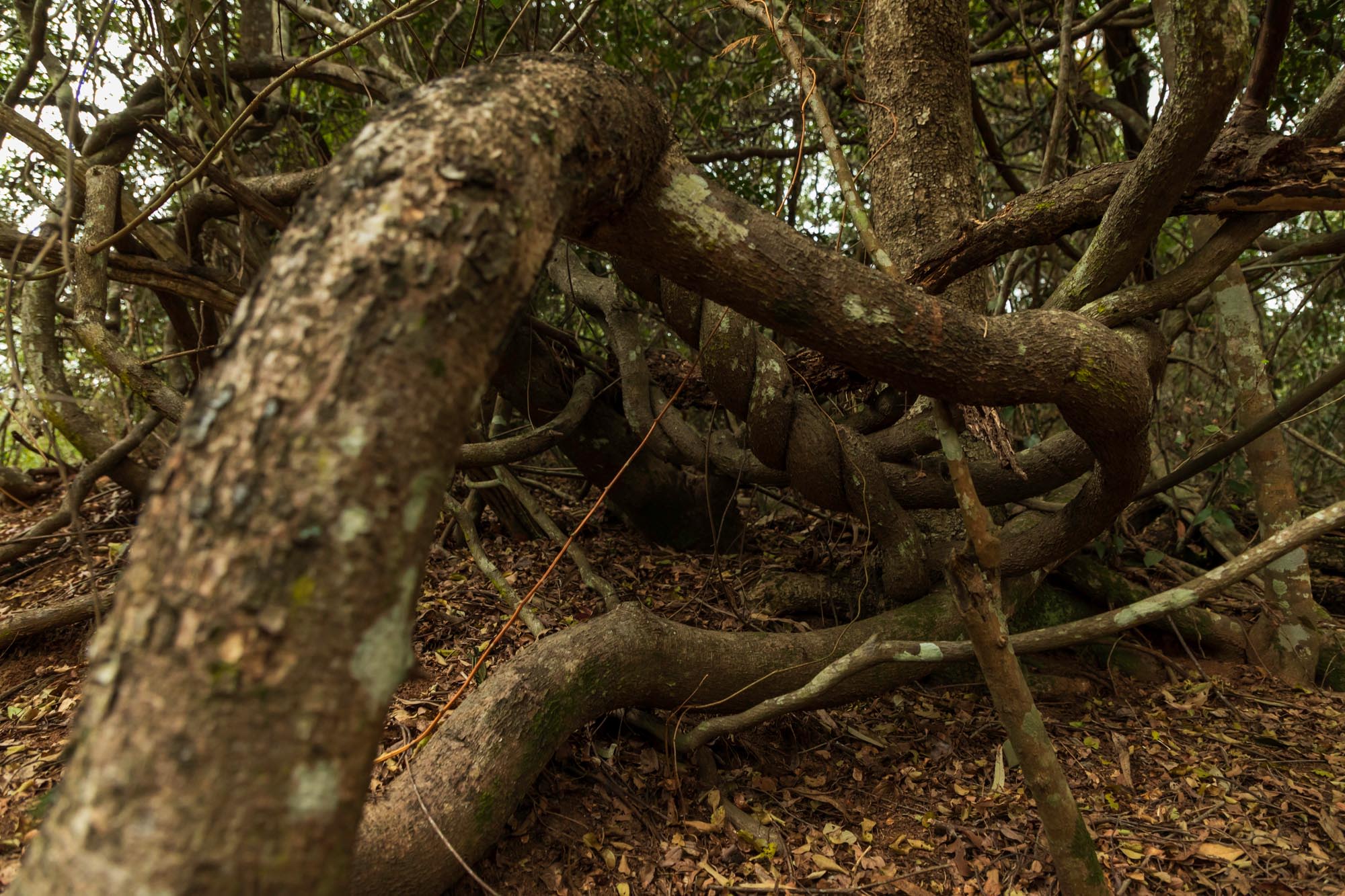Explore our region: Helms Scrub
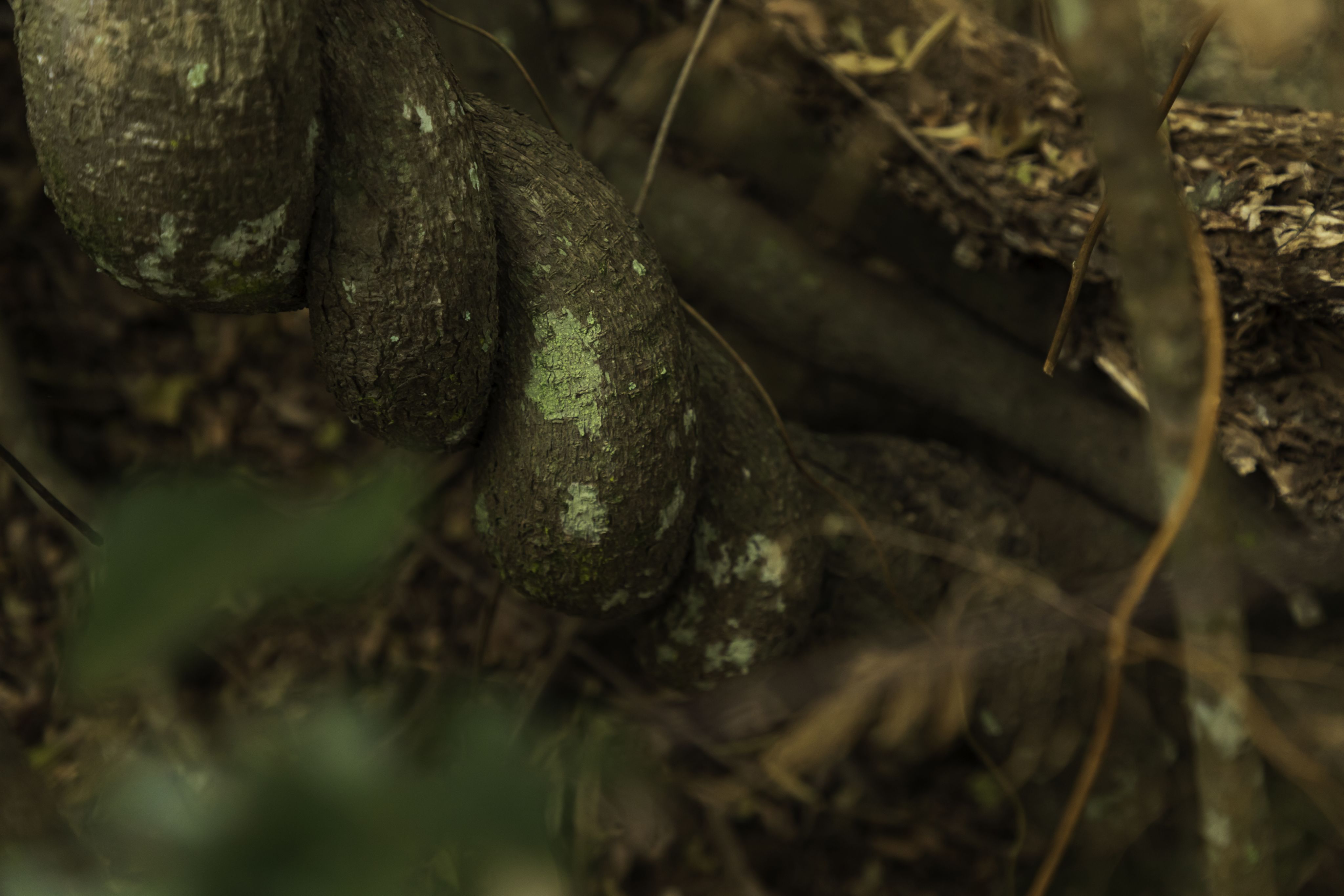
Just west of Childers on the Isis Highway, the bushland reserve of Helms Scrub protects a small remnant of Isis scrub.
The small pocket of land, less than three hectares, contains more than 90 species of native trees, shrubs, and vines, representative of the type of rainforest that once covered the rich volcanic soil around Childers.
Best suited to visitors who are interested in botany, the Isis Bushcare group regularly visits the Scrub to plant native trees and remove exotic weeds.
The Scrub is named in honour of Sabine Helms, a pioneer botanist who lived in the area during the late 1800s when her husband managed the CSR Childers Sugar Mill.
Sabine witnessed tremendous change to the Isis landscape while she lived in the area.
In 1895 the Isis area still contained a wide expanse of near virgin scrub, but it had all but disappeared by the time of Sabine’s departure from the region in 1912.
Helms Scrub gives visitors an idea how the Isis Scrub would have looked, dominated by Eucalypt hardwood and Hoop Pine Araucaria cunninghamii that emerge from the canopy.
Other trees include Crows Ash Flindersia australis, Queensland Ebony Diospyros ferrera and Yellow Boxwood Planchonella pohlmaniana.
The vegetation type is sometimes called vineforest due to the abundance of native vines which make it difficult to walk through the trees.
Vine species in the Scrub include the Blood Vine Austrosteensia blackii which has bright red flowers and the sweet smelling Wonga Vine Pandorea pandorana.
Helms Scrub is one of only five sites where one of the country's rarest trees, the Isis Tamarind Alectryon ramiflorus grows in the wild.
This species was once described as the rarest tree in Australia and is listed in the International Union for Conservation of Nature Red List as endangered.
Isis Tamarind can also be seen in the gardens adjacent to the Isis Club in Childers and in the Bundaberg Botanic Gardens.
A number of different birds regularly visit Helms Scrub and the surrounding Eucalypt forest.
Species which have been observed include Sacred Kingfisher, Varied Triller, Black Chinned Honeyeater and Fairy Warbler.
Visitors to the Scrub will see nesting boxes in some of the tall Eucalypts and may be lucky enough to observe a nesting bird or animal.
There are no facilities for visitors at Helms Scrub.
Visitors are advised to wear insect repellent, protective clothing and sturdy footwear, and to stay on the walking tracks.
Dogs and domestic animals, fires, vehicles and collecting firewood are not permitted.
Visitors to Helms Scrub are reminded bush fire season is from September through to February and it is advised to check the latest fire warnings and advice at the QFES website before heading out.
Where: Isis Highway, Childers
Just west of the Childers Waste Facility entrance there is a track that leads to a gravel pit; the entrance to Helms Scrub is accessed from this track.
Find out more about other parks around the region through Bundaberg Regional Council's park finder.
